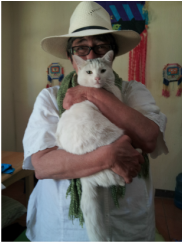In 1998, an ancient city, Samabaj, was discovered at the bottom of the lake: it is believed to have been underwater since 350 AD. Because of the altitude, diving in the lake is precarious and researchers can only descend two times a day for no more than a half an hour each session to record the remains of this city. Atitlán is rare endorheic lake which means its waters do not flow to the sea. The lake is also a caldera, connected to volcanic vents at its bottom which is believed to be connected to the periods of rise and fall of the lake.
During the day the texture of the lake can change from silk to white caps. There is a special wind the Mayas call Xochimil. It is strong and believed to clean away sin. You might find yourself cleaner than expected when bathed in the splash from the white caps on the lake if you are sitting on a wooden bench of a launch, a public passenger boat which travels between the Maya pueblos along the lake.
Sometimes the moon makes paths of light on on the water. And the stars which the Maya used to plot the ages of time in their calendar seem closer and as if they still whisper secrets.
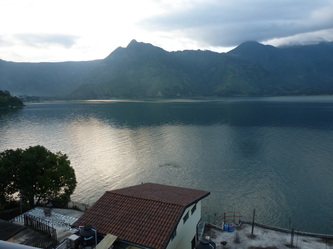
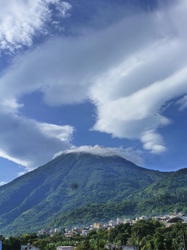
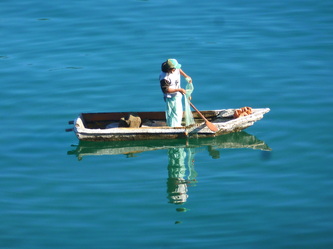
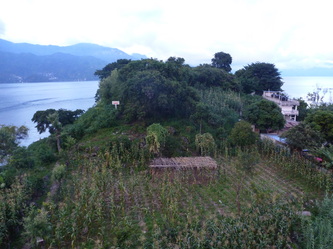
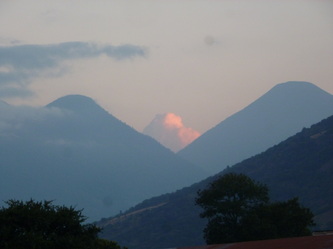
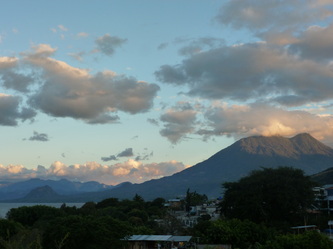
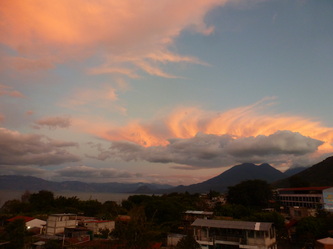
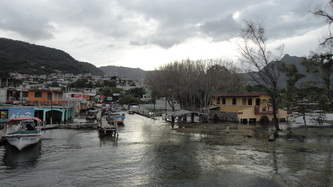
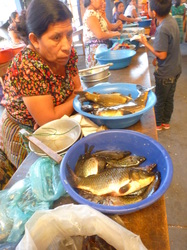
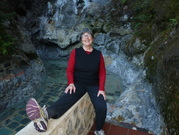
 RSS Feed
RSS Feed
